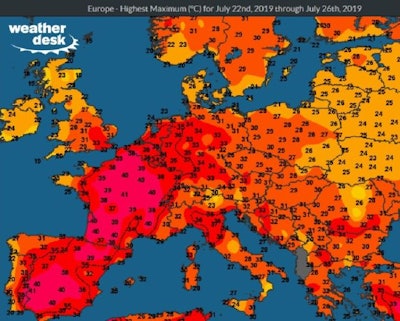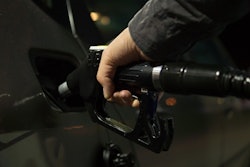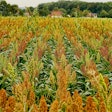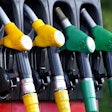
As the Eastern U.S. says goodbye to its heatwave, Europe is experiencing another round of extreme temperatures this week that will rival the intense period that occurred just last month.
A broad area of high pressure is leading to dry and hot conditions across most of the western and northern portions of Europe this week, causing temperatures to reach well above normal thresholds and in some cases shattering records.
Maxar’s Weather Desk is forecasting Paris, France, to peak Thursday afternoon with a high of 104º F.
“This time the large ridge of high pressure is influencing areas from Scandinavia into the Iberian Peninsula,” says Matthew Dross, Maxar’s European meteorologist.
The forecast high temperature in Frankfurt, Germany, is expected to peak 99º F late this week and Brussels is set to peak at 100º F on Thursday.
The weather this week could be very reminiscent of what took place just last month, in which temperatures were well above normal and new records established, especially in France.
Dry soil conditions continue in the region and this combined with lack of rain and scorching temperatures, have caused an increase in forest fire concerns across France and the Iberian Peninsula.
From an agricultural perspective, the record-setting heat will cause significant stress on various crops, particularly corn and sunflowers. These crops are in the reproductive phase of growth and there is a high likelihood the hot temperatures will produce yield reductions.
The stress will also be compounded by the significant dryness that is occurring. The combination of the heatwave last month, as well as this week’s event, will likely cause lower wine production for France versus last year.
The extreme temperatures will cause an increase in power demand for various utility grids this week.
“The extended forecast has the ridge weakening and shifting northeastward with the temperature extremes subsiding as a result,” says Dross.

















